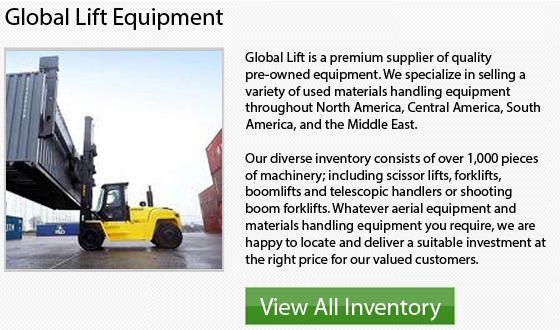
Using a Standard Counterbalance lift truck
1 Carry out a pre-shift inspection prior to operating the machine. or OSHA guidelines state that a pre-shift checklist must be done at the beginning of each work shift. Every different equipment as well as its attachments has its own checklist listing brakes, steering, lights, emergency brakes, horn, controls and safety features.
2 Start up the machinery and check controls. Primarily ensure your seatbelt is fastened and the seat is securely in place and adjusted for your comfort. Look under the machine after you move it for any signs of leaks. The operation of each kind of forklift is different.
3 Don't forget differences in the basics of lift truck operation compared to a regular motor vehicle. The rear end swing of the forklift happens due to the fact that the truck steers with its rear wheels. Disregarding this detail is a main cause of injuries and accidents to workers. The almost 90-degree turn from the front wheels must be made with utmost caution. These top-heavy equipment have a high center of gravity even without a load. When lifting or moving a load this top-heaviness is exacerbated.
4 When traveling, keep the forks near the floor and utilize caution when approaching loads. Make sure that the forks line up with the pallet. Lift the load only as high as is needed, tilting it back to help stabilize the machine. Drive backwards only if the load is so bulky that it obstructs driver vision.
5 Prior to unloading and loading, check the wheels on trucks/trailers. When carrying a load, it is not advised to travel on slopes. The machine is susceptible to tip-overs on a slope. When driving on an incline is necessary, always drive up the incline and back down. The load should be kept on the uphill side of the truck.
6 The driver should be firmly in control all the time. The main cause of operator injuries is tip-over. The driver should never try to jump out of the truck in the event of a tip-over. The safest method is to lean away from the direction of fall while gripping the steering wheel and bracing your feet.